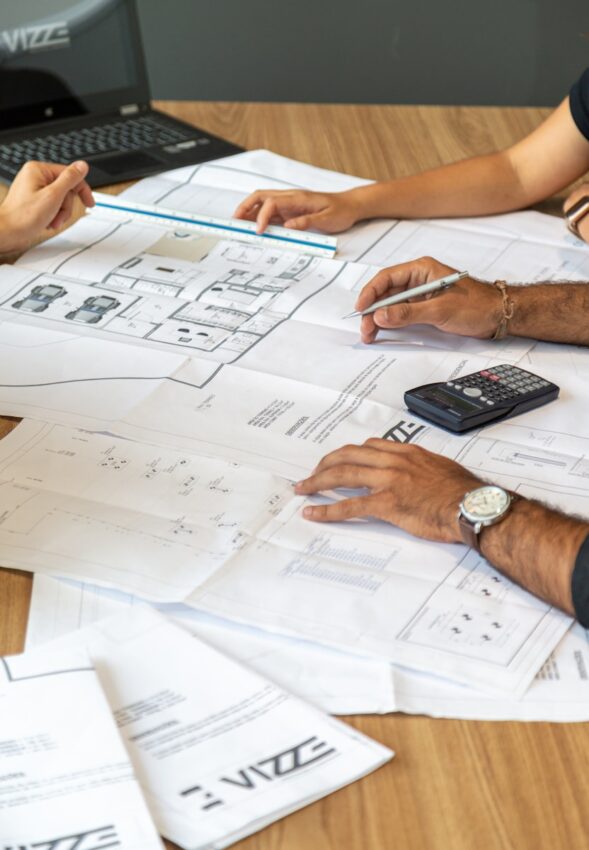Table of Contents
- Introduction
- Unpacking the True Cost of Log Cabin Kits
- Labor and Construction Challenges
- Quality and Material Concerns
- Permitting and Regulatory Hurdles
- Maintenance and Upkeep Expenses
- Conclusion

Introduction
Building a log cabin evokes images of snug retreats nestled in forests and mountain hideaways—a dream come true for anyone who loves rustic living and natural surroundings. For many, kits to build a log cabin appear to offer an affordable, DIY solution for constructing a picturesque getaway. However, the initial kit price doesn’t always tell the whole story. Several hidden or unexpected costs can quickly arise, putting strain on your budget and delaying your move-in date.
Understanding all potential expenses is key to avoiding disappointment and unexpected financial burdens. Thorough research and intentional planning are crucial for anyone considering the kit approach to building a log cabin, ensuring that the project is both satisfying and sustainable in the long run.
Unpacking the True Cost of Log Cabin Kits
Log cabin kits are often advertised as bundled solutions, but don’t include everything needed for a livable cabin. These kits don’t cover foundation and site preparation, utilities installation, and interior finishing. Additional costs like clearing land, pouring a foundation, and ensuring proper drainage are not included. These additional costs can push the final budget beyond the kit’s initial price tag, especially for first-time builders.
Labor and Construction Challenges
Many log cabin kits are pitched to hobbyists or those new to construction, but assembling even the simplest structure involves skilled labor and physical endurance. Without prior experience, common mistakes can occur, such as misaligned logs, improper sealing, or incorrect installation of roofs and windows. Such errors may require professional correction, which can drive up labor costs and potentially delay your move-in date.
Moreover, depending on the complexity of your kit and site accessibility, hiring specialized tradespeople—such as plumbers, electricians, and carpenters—is often necessary. Labor costs are substantial and can vary significantly by region and project duration. Running into unexpected construction challenges or needing outside help will quickly use up any “savings” from a DIY kit approach.
Quality and Material Concerns
Not every log cabin kit on the market is created equally. Lower-priced kits may utilize subpar materials, such as poorly milled logs or inferior roofing supplies. Such compromises can affect not just the look and comfort of your home but also its long-term durability, leading to warping, cracking, leaks, or pest issues. In extreme cases, inadequate material quality can even compromise structural integrity.
Evaluating the source of your kit is vital. Invest in a trusted supplier with a strong reputation for quality craftsmanship and clear, comprehensive documentation. Before purchase, request sample logs or visit similar completed builds to see the material in person. Choosing high-quality materials upfront can prevent frequent repairs and lower maintenance costs.
Permitting and Regulatory Hurdles
One of the most overlooked costs is regulation compliance. Local permits—rural or urban—are often required and can come with hefty fees. Building codes for insulation, electrical work, foundations, and septic systems may require upgrading or modifying your original kit, incurring even more costs and possibly requiring redesigns.
Before breaking ground, consult with local permitting offices to determine which approvals are necessary and whether your chosen kit is compliant. Navigating regulations can be time-consuming and frustrating, but starting early helps prevent costly delays and legal issues.
Maintenance and Upkeep Expenses
Log cabins are living, breathing structures that need ongoing care. Routine tasks such as staining, sealing gaps, monitoring for rot or insect damage, and checking the integrity of the roof and foundation are essential to preserve the cabin’s longevity and beauty. Neglecting these tasks can lead to serious, costly repairs over time, such as replacing logs or structural components impacted by moisture or pests.
On average, expect to spend around 1% to 2% of your cabin’s value annually on maintenance. Set a yearly budget for upkeep to avoid issues—these cabins can last for generations with proper care.
Conclusion
Building a log cabin with a kit can be a dream fulfilled, but only by looking beyond the upfront costs. Proper research, detailed planning, and a willingness to seek professional advice are essential for navigating this project’s hidden expenses. By understanding what to expect and carefully budgeting, you can enjoy the peace, beauty, and legacy of log cabin living for many years, without the stress of financial surprises.
